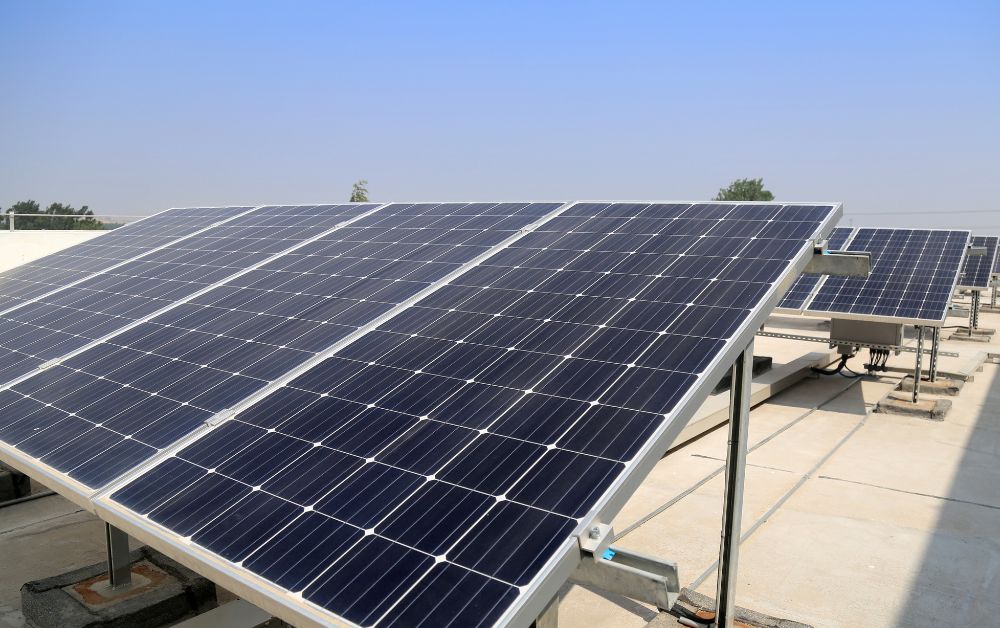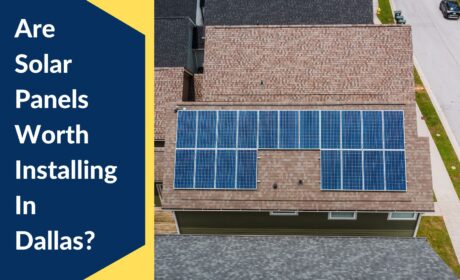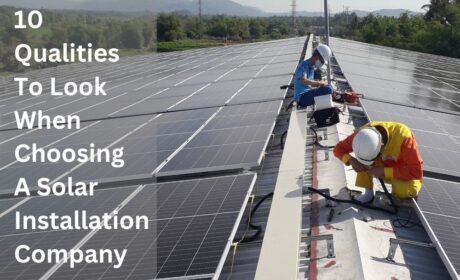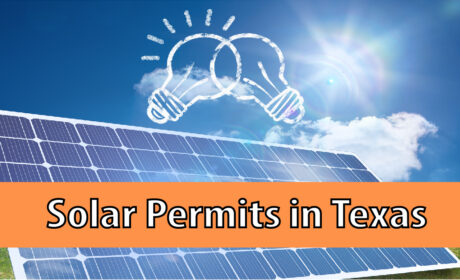
Orientation and angle are the two biggest factors that affect solar panel performance. We all know that the sun rises in the east and sets in the west. However, the sun’s journey during the day is a bit more complicated. Why does this matter?
For the best results, you need to know how the sun moves in relation to your exact location. Orientation, pitch, and shading all affect the efficiency of solar panels. Solar panel’s performance is affected by these factors in specific ways:
1. Roof Orientation
Did you know that the orientation of a roof can have a huge impact on the amount of sunlight it receives? In fact, south-facing roofs are considered the most suitable for solar PV installation. They receive the most direct sunlight throughout the year. According to studies, roofs facing south can produce up to 25% more electricity compared to roofs facing east or west.
That being said, east- and west-facing roofs can still be suitable for solar panel installation. However, they may experience more shading from trees or other structures during certain times of the day. Shading can reduce the efficiency of solar panels and, in turn, decrease the amount of electricity they produce.
It’s worth noting that the true south orientation is ideal for houses located north of the equator. On the other hand, for residences south of the equator, the opposite is true.
For maximum exposure and power output, having your solar panels face the right direction is crucial.
In short, when it comes to installing solar panels, the angle and orientation of your roof plays a crucial role in determining the amount of energy you can generate. If you’re considering installing solar panels, it’s important to take into account the angle of your roof and make sure it’s oriented in the optimal direction.
Read also: Do I need Solar Permit In Texas
2. Roof Pitch
To maximize energy production, you want your panels between 20 and 40 degrees off the horizontal. A professional installer will work with you to get the most efficient pitch possible. Even on flat roofs, panels are mounted on brackets that tilt them around 30 degrees – kind of like a seesaw that’s just right for catching those rays of sunlight.
Remember, the orientation of your roof and angle of solar panels determine how much direct sunlight they receive. This in turn affects their efficiency. So if you want to get the most out of your investment, it’s best to leave it to the pros.
Don’t settle for less-than-optimal energy production? With the right angle for solar panel placement, you can save big on your energy bills and reduce your carbon footprint.
3. Shading
After orientation and angle of solar panles comes the shading. There’s a lot more to shading than people realize. It’s something installers have to pay attention to. A panel in the shadow produces less power, so it’s a setback.
Installers usually do shading assessments before they install the solar panels. Then they look at where the shadows will be cast by the surrounding buildings and trees.
It’s crucial because most systems have only one inverter. Since one panel is shaded, the other panels can only produce the energy it produces.
This analysis considers the sun’s paths during the day and with the changing seasons. As well as possible positions. The installer will try to minimize any strong shade from chimneys or trees. They’ll make sure panels are shaded only at the beginning and end of the day.
Solar power can be reduced or cut out by partial or complete shade. It depends on how intense and long the shading is.
4. Seasonal variations
The sun is low in the northern hemisphere during winter. But it is still possible to use solar panels in the winter. You’ll usually see a drop in energy production during harsh winters. Because snow covers your panels and limits their power.
To offset winter production drops, angle your panels steeper than your latitude. By doing so, you’re getting your panels ready for winter. It’s because they’ll face the sun more directly when it’s lower in the sky.
Also, if you put your panels at lower angles, snow won’t just roll off.
Read also: Solar Energy vs Fossil Fuel: Benefits for the environment and dependability
5. Solar panel orientation
when it comes to solar panels, the orientation and angle of the panels are super important factors that can affect their performance. But did you know that the orientation of the solar panels themselves can also make a difference?
Basically, solar panels work by capturing sunlight and converting it into electricity. And the more sunlight they can capture, the more electricity they can produce. So, it’s important to install solar panels facing south (or north in the southern hemisphere) because that’s where the sun typically travels during the day.
However, not all roofs are oriented perfectly towards the south (or north), and even if they are, the angle of the roof may not be ideal for solar panel performance. In these cases, it’s important to adjust the solar panel system to optimize its performance. You can do this by using a solar tracking system, which adjusts the angle of the solar panels to follow the movement of the sun across the sky. This helps the solar panels capture more sunlight throughout the day, increasing their efficiency and overall output.
Another important consideration is the climate in the area where the solar panels are installed. In areas with a lot of direct sunlight, solar panels facing east or west may still be able to produce a significant amount of electricity. So, if your roof doesn’t face perfectly south, don’t worry! There are still options.
6. Solar panel angle
Solar panel angle just means how much your solar panels tilt vertically. Because the ideal tilt depends on where you live and the time of year. It might be hard to grasp.
Geographically, the angle of your panels will rise as you travel farther from the equator. For example, in lower-lying areas like Texas, the sun stays higher, so solar panels need less tilt.
In northern states like New York and Michigan, the sun is lower in the sky. You’ll need to tilt the panels more.
What else affects solar panels?
Other than the angle and orientation at which you want to install solar panels, there are several other factors to consider. Solar panels’ efficiency is how well they convert sunlight into electricity. Solar panels that are more efficient can convert more sunlight into electricity. In contrast, low efficiency panels might waste some sunlight as heat.
This fact can even offset the impact of factors such as orientation, pitch, and shading. So if you have higher efficiency panels, you’ll get more electricity per unit of sunlight. While lower efficiency panels may require more panels to produce the same amount of electricity.
The efficiency of solar panels can affect the overall performance of a solar panel system in several ways:
- Size of the solar PV system
- Energy production
- Space requirements
- Return on investment
Does solar panel angle matter more or the orientation?

You may think the angle is the most significant thing when setting up your solar panels. It’s the opposite, though. When it comes to installation, there’s a lot to consider.
The most essential aspect of solar panel installation is choosing the proper orientation. The panels won’t get enough sunlight if they’re not oriented correctly. Resulting in a significant power reduction.
An incorrect angle in the proper orientation generates more energy. However, an incorrect angle in the correct orientation produces less.
Read also: 10 proven qualities of a solar installation company
Conclusion:
Ultimately, the best orientation for solar panels depends on a variety of factors. These are the location and climate of the area, the angle and orientation of the roof, and your specific needs and goals. If you’re interested in installing a solar panel system, consulting with a solar panel expert can help ensure that your solar panel system is optimized for maximum performance and efficiency.
Your home’s energy efficiency will go up with solar panels, and your carbon footprint will go down too. Still, learning some basic principles about solar panel installation is a good idea. You need to understand how orientation and angle affect your solar panels.
That’s how you make sure it gets enough sun to work. Seasonal changes and shading can also affect the orientation and angle. High-efficiency solar panels can convert more sunlight into electricity, so they’re a factor too.
Besides these factors, the location of the house, the weather patterns in the area, and the type and size of the solar panels can also affect performance. Just consider the performance of your solar panels to get maximum energy savings. If you maximize your solar panels performance book a free solar consultation with us today!






